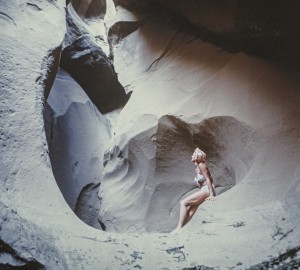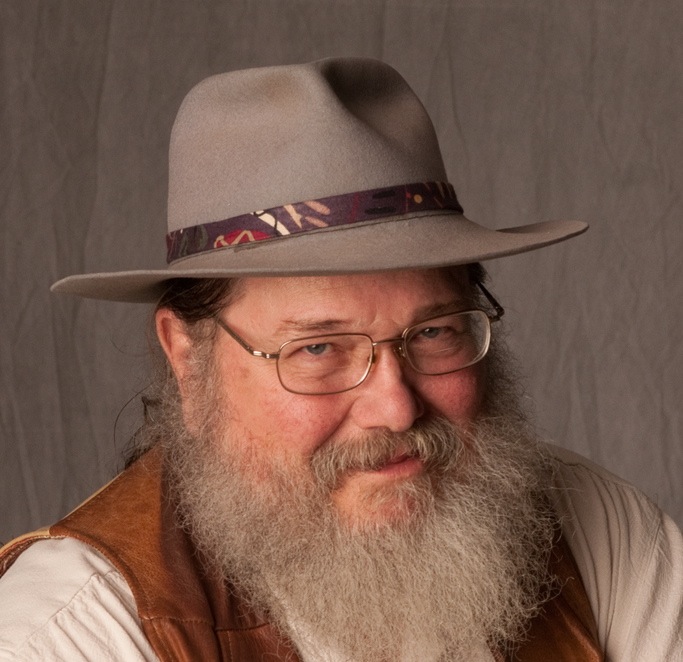I threaded my way out of Doney Park along dusty roads lined with lush patches of feral rye grass heavy with seed heads. The trim coopers hawk watched from its perch above on the phone wire for the mice gathering for the harvest. Plump prairie dogs stood at alert as I passed. They are too big for the coopers hawk to manage, but red tails and northern goshawks frequent the area and they are certainly up to the task. The corners of fields and the bar ditch are rife with the drought-resistant rye which re-seeds itself 50 years after any serious agriculture was practiced here in Doney Park.
threaded my way out of Doney Park along dusty roads lined with lush patches of feral rye grass heavy with seed heads. The trim coopers hawk watched from its perch above on the phone wire for the mice gathering for the harvest. Plump prairie dogs stood at alert as I passed. They are too big for the coopers hawk to manage, but red tails and northern goshawks frequent the area and they are certainly up to the task. The corners of fields and the bar ditch are rife with the drought-resistant rye which re-seeds itself 50 years after any serious agriculture was practiced here in Doney Park.
I thought of a song I first heard Katie Lee sing, called “Morgan.” It is by my friend, the late Tim Henderson. He tells the story of an old man who lived in the country near him in West Virginia when he was young. Broken and homeless, he had built himself a little lean-to shanty on a vacant hillside where he cooked over an open fire. The few dollars he needed to buy food and an occasional bottle he earned by following his neighbor’s grain harvests. The combines couldn’t get in the corners of the fields so Morgan would clean up afterwards with his scythe for token pay. Morgan recognized a higher calling however, and that was to travel to the overgrown abandoned family cemeteries in the hills and cut back the blackberry brambles and honeysuckle vines to expose the grave stones, all the while remembering his old friends and neighbors and the lives they had led. It is a powerful song and I have a hard time singing it without my voice breaking.
I met Cindy Carpien at the Bookmans parking lot and we headed out in her car for Jerome to pay our respects to Katie Lee, the Queen of Cleopatra Hill. Highway 89A was still closed from the Slide Fire so we rambled down I-17 and told each other Katie Lee stories as we dropped from cool pine country into the earth oven of the Verde Valley. It seemed totally fitting that Katie’s house sat high on the slopes of the Mingus Mountains, like an eagle’s aerie, with the sweep of the blue green valley rolling away toward the San Francisco Peaks to the North and the debris of the old mining town scattered across the hillside like the wreckage of a plane crash. There was no mistaking her front door—a massive slab of wood carved with images from one of her best known songs, “Old Dolores”:
In the country down below where the little piñons grow,
it’s nearly always half a day to water.
There stood a little town where the creek come tumbling down
from the mesa where she surely hadn’t oughter.
The streets were bright with candlelight;
the whole town joined the chorus;
and every man in sight let his cattle drift at night,
Just to mosey to the town of old Dolores.
 Katie answered our knock with a bright smile and a warm greeting. She looked unchanged from the first time I met her 30 odd years ago. Eyes like turquoise tinajas; her figure is lithe and brown. She still turns heads at 94. She did the deal with the devil at the crossroads at midnight where she got not only guitar licks and vocal chops, but the Helen of Troy DNA package, too.
Katie answered our knock with a bright smile and a warm greeting. She looked unchanged from the first time I met her 30 odd years ago. Eyes like turquoise tinajas; her figure is lithe and brown. She still turns heads at 94. She did the deal with the devil at the crossroads at midnight where she got not only guitar licks and vocal chops, but the Helen of Troy DNA package, too.
Katie had an entertainment career that included a role on radio’s The Great Guildersleeve. She became a folk singer who delivered her songs clad in a black evening dress and pearls. When she wasn’t on stage she was horseback in the mountains or around a bunk house stove learning the songs that would become her first book, Ten Thousand Goddamn Cattle, hands down one of the best books ever written about cowboy songs.
Katie’s stories are full of encounters with notorious folks. “Here’s a letter Woody Guthrie wrote me after we met at a party in the ’50s.” She shows us several pages of stream of consciousness ramblings with a child’s drawings at the bottom, presumably a young Arlo’s. She offers to make a copy of a recording of a music party that took place at her apartment 60 years ago where Josh White was playing. Cindy and I look at the photos covering the walls. There is a photo of Katy with a pipe wrench in one hand and several sticks of dynamite in the other and a dare-me smile on her face.
Katie Lee ran the Colorado River through Glen Canyon in 1953 and in its wildness she found a lover and a lifelong muse. When the river was dammed in 1963 she became an articulate, witty spokesman and advocate for a free river, using books, music and speech to tell the river’s tales. She was just back from being a featured guest for a fourth time at Mountainfilm in Telluride, Colo. where DamNation, a documentary film on the problems caused by dams received the 2014 Audience Choice Award. She was the undisputed star of the movie. Films also shown were Katie Lee: The River Warrior and Wrenched, about Edward Abbey and the Monkey Wrench Gang. Both films featured interviews with Katie. She also received the Festival Director’s Award.
Katie picked salad fixings from her garden whose steep terraced beds would have looked at home on a Peruvian mountainside. We enjoyed an excellent lunch and then I asked Katie about a song I had only heard once; a tribute Tucson guitarist Peter McLaughlin had written to honor her called She Knows The River. She put Peter’s CD in the stereo and played the song.
She knows the way the river flows
She understands it well, her songs and stories tell
She knows how Wingate sandstone glows, like someone’s flesh exposed
In vermillion-velvet light, as daytime turns to night she knows
She recalls Music Temple’s pools and falls
West Canyon’s shady groves, cottonwoods and willows
She knows the San Juan’s silt between her toes and Tapestry Walls echoes
Songs of a canyon wren, the harmony of the Glen, she knows.
We listened, heads tilted to catch the melody and words. I watched Katie’s face as she smiled and traveled to the cool red rock face and singing rapids. Tears coursed down her cheeks like revealed springs.
“She knows.”
Katie Lee will appear at a showing of DamNation at the Orpheum Theater on Sept. 4, 2014.

